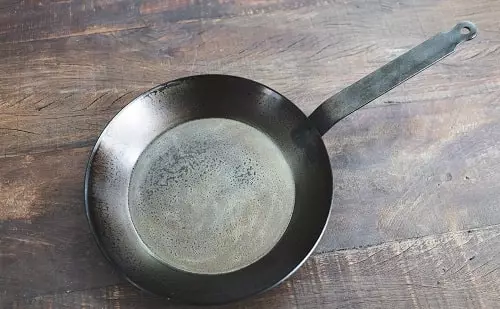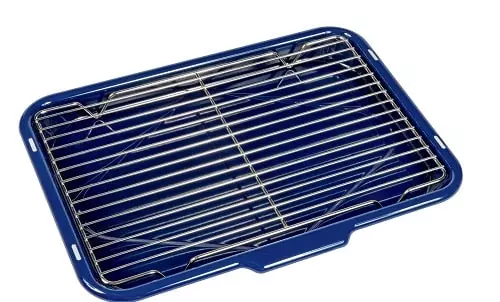The braiser pan is one such kitchen essential that plays a crucial role in creating delicious, slow-cooked dishes. In this comprehensive guide, we will delve into the world of braiser pans, exploring their definition, types, features, uses, and the numerous benefits they bring to the art of cooking.
Understanding Braiser Pans:

A braiser pan, often simply called a braiser, is a specialized piece of cookware designed for slow cooking and braising. These pans are characterized by their wide, flat bottoms, low sides, and tight-fitting lids. They come in various sizes and materials, each tailored to specific cooking needs. The design of a braiser pan is aimed at achieving tender and flavorful results by allowing for even heat distribution and efficient moisture retention.
Types of Braiser Pans:
- Cast Iron Braiser: Cast iron braiser pans are known for their excellent heat retention and even distribution. They are versatile and can go from stovetop to oven. The enamel-coated versions are also easy to clean and come in various colors.
- Stainless Steel Braiser: Stainless steel braiser pans are durable, non-reactive, and resistant to staining. They are ideal for deglazing, which enhances the flavor of sauces.
- Ceramic Braiser: Ceramic braiser pans offer excellent heat retention and come in various decorative designs. They are great for oven-to-table serving.
- Non-Stick Braiser: Non-stick braiser pans feature a non-stick coating that makes cooking and cleaning easier. They are a convenient option for low-fat cooking.
Key Features of Braiser Pans:
- Wide, Flat Bottom: The wide, flat bottom of a braiser pan provides ample surface area for browning and searing ingredients.
- Low Sides: The low sides of a braiser allow for efficient evaporation of liquids and better browning.
- Tight-Fitting Lid: A tight-fitting lid helps trap moisture and heat, ensuring that the food remains tender and flavorful.
- Loop Handles: Many braiser pans come with loop handles for easy handling and transferring from stovetop to oven.
Uses of Braiser Pans:
- Braising: The primary purpose of a braiser pan is to braise food. Braising involves searing meat or vegetables at high heat, then simmering them in liquid over low heat for an extended period, resulting in tender and flavorful dishes.
- Roasting: Braiser pans can also be used for roasting meats, poultry, or vegetables in the oven.
- Sautéing: The wide base of a braiser makes it suitable for sautéing and shallow frying.
Benefits of Using a Braiser Pan:
- Even Heat Distribution: Braiser pans distribute heat evenly across the cooking surface, ensuring that food cooks consistently.
- Moisture Retention: The tight-fitting lid traps moisture inside, keeping dishes moist and preventing them from drying out.
- Versatility: Braiser pans can be used for a wide range of cooking techniques, from searing to simmering to roasting.
- Enhanced Flavor: The slow, low-temperature cooking in a braiser allows flavors to meld and intensify, resulting in rich, delicious dishes.
- Easy Cleanup: Many braiser pans come with non-stick coatings or enamel surfaces, making them easy to clean.
Tips for Using a Braiser Pan:
- Preheat the Pan: Preheat the braiser pan before adding ingredients to ensure even cooking.
- Sear First: For meats, always start by searing them in the braiser pan to develop flavor and create a nice crust.
- Deglaze: After searing, deglaze the pan with wine, broth, or other liquids to create flavorful sauces.
- Use Low Heat: Braising is a low and slow cooking method. Keep the heat low to allow the flavors to meld and the meat to become tender.
- Check Liquid Levels: Monitor the liquid level in the braiser to prevent it from drying out during long cooking times.
In Conclusion:
A braiser pan is a valuable addition to any kitchen, offering versatility and the ability to transform simple ingredients into sumptuous, tender dishes. Whether you choose cast iron for its heat retention, stainless steel for its durability, ceramic for its attractive presentation, or non-stick for convenience, a well-chosen braiser pan can become your go-to tool for slow-cooked meals that are sure to impress. So, whether you’re preparing a hearty beef stew, a succulent coq au vin, or a flavorful vegetable braise, having a braiser pan at your disposal will allow you to explore the world of slow-cooked cuisine and elevate your culinary skills to new heights.

